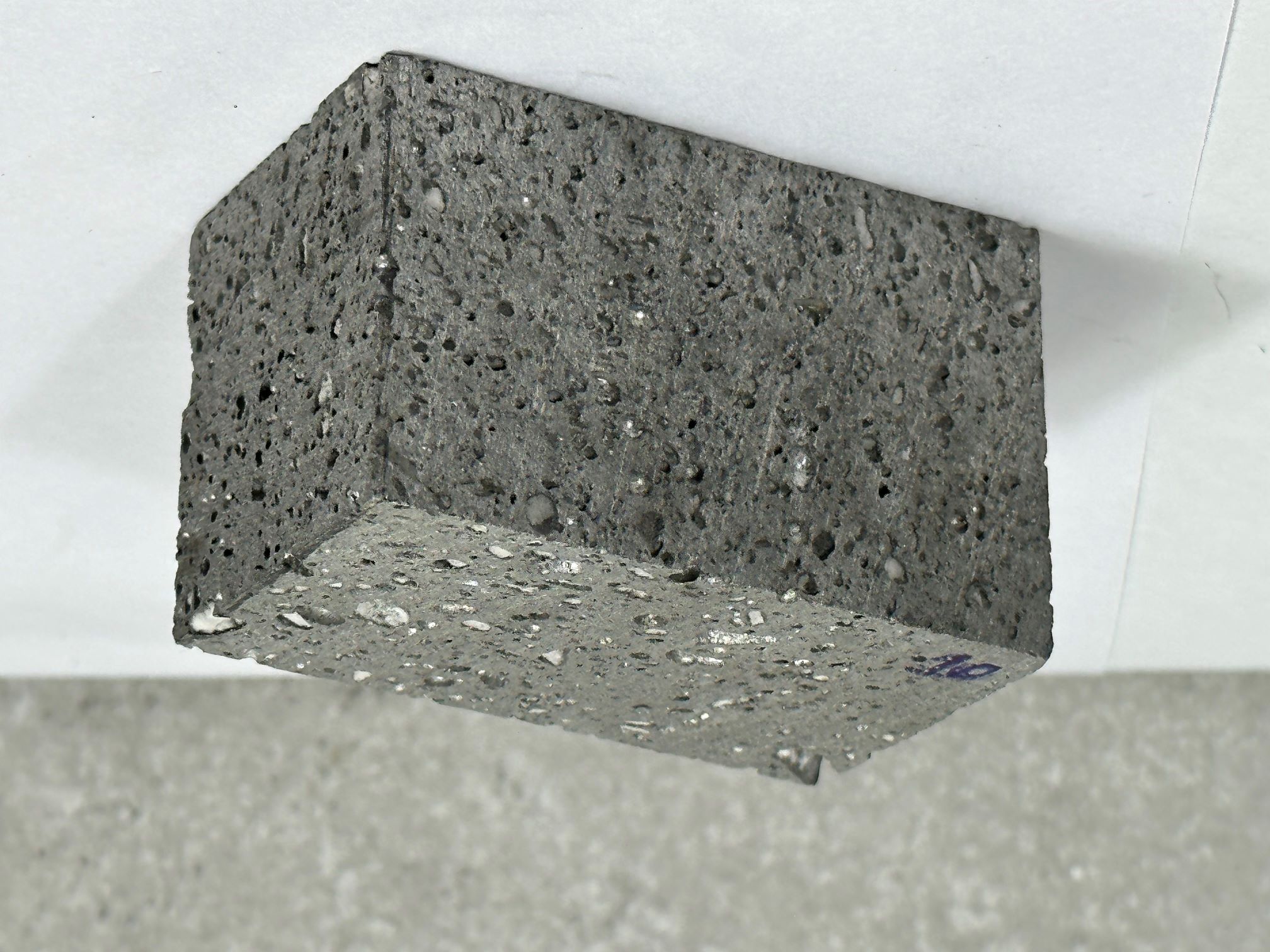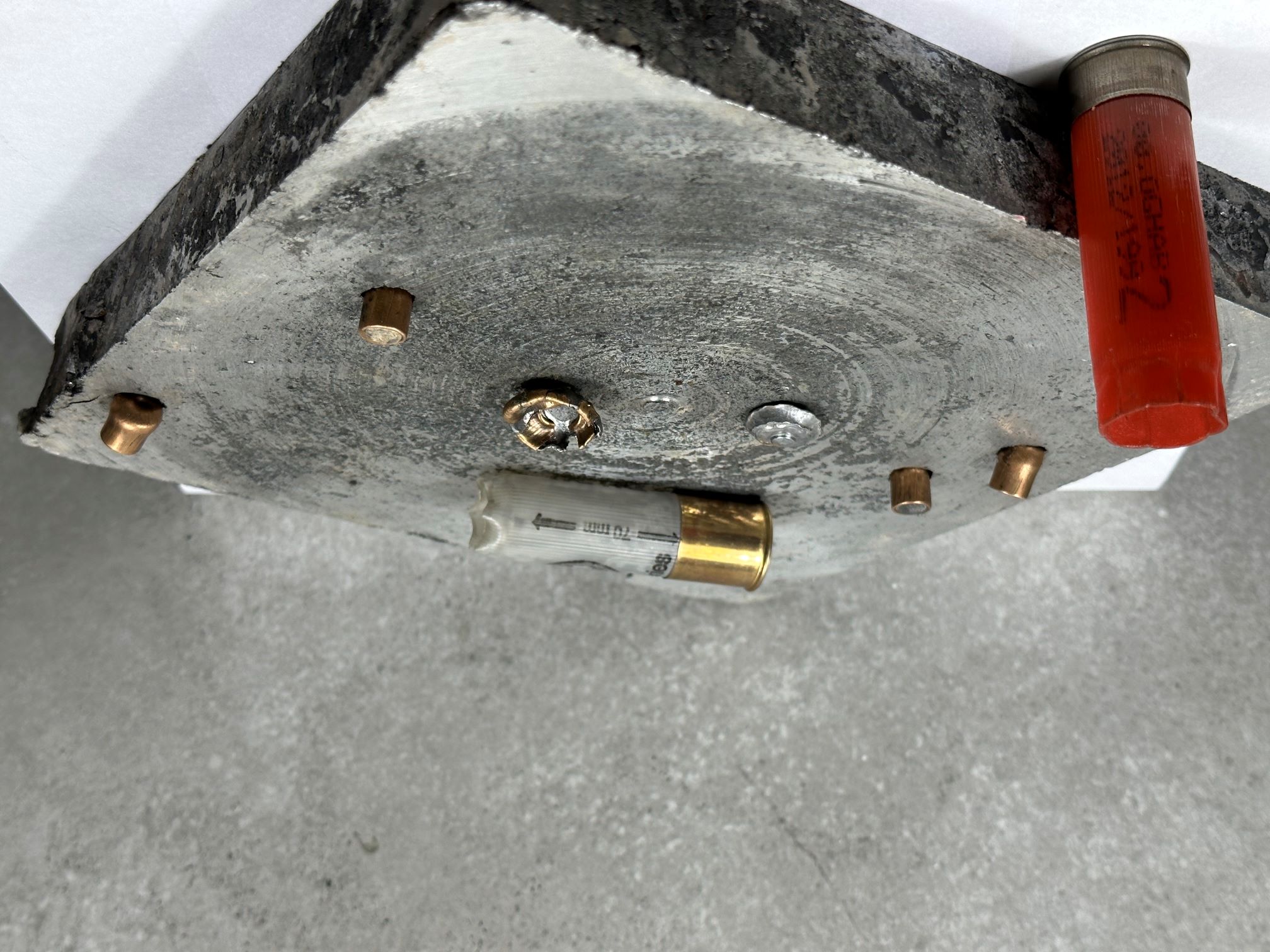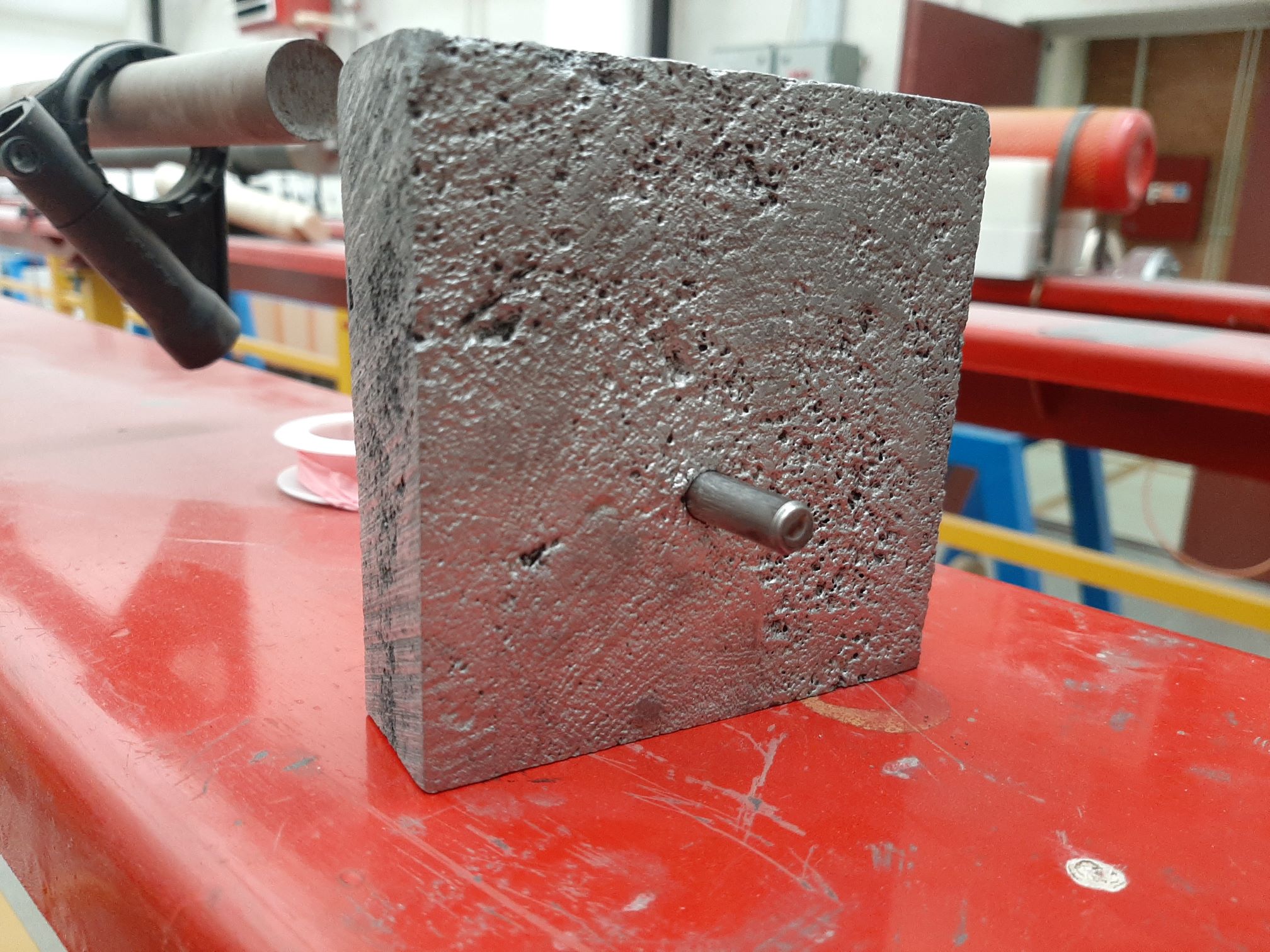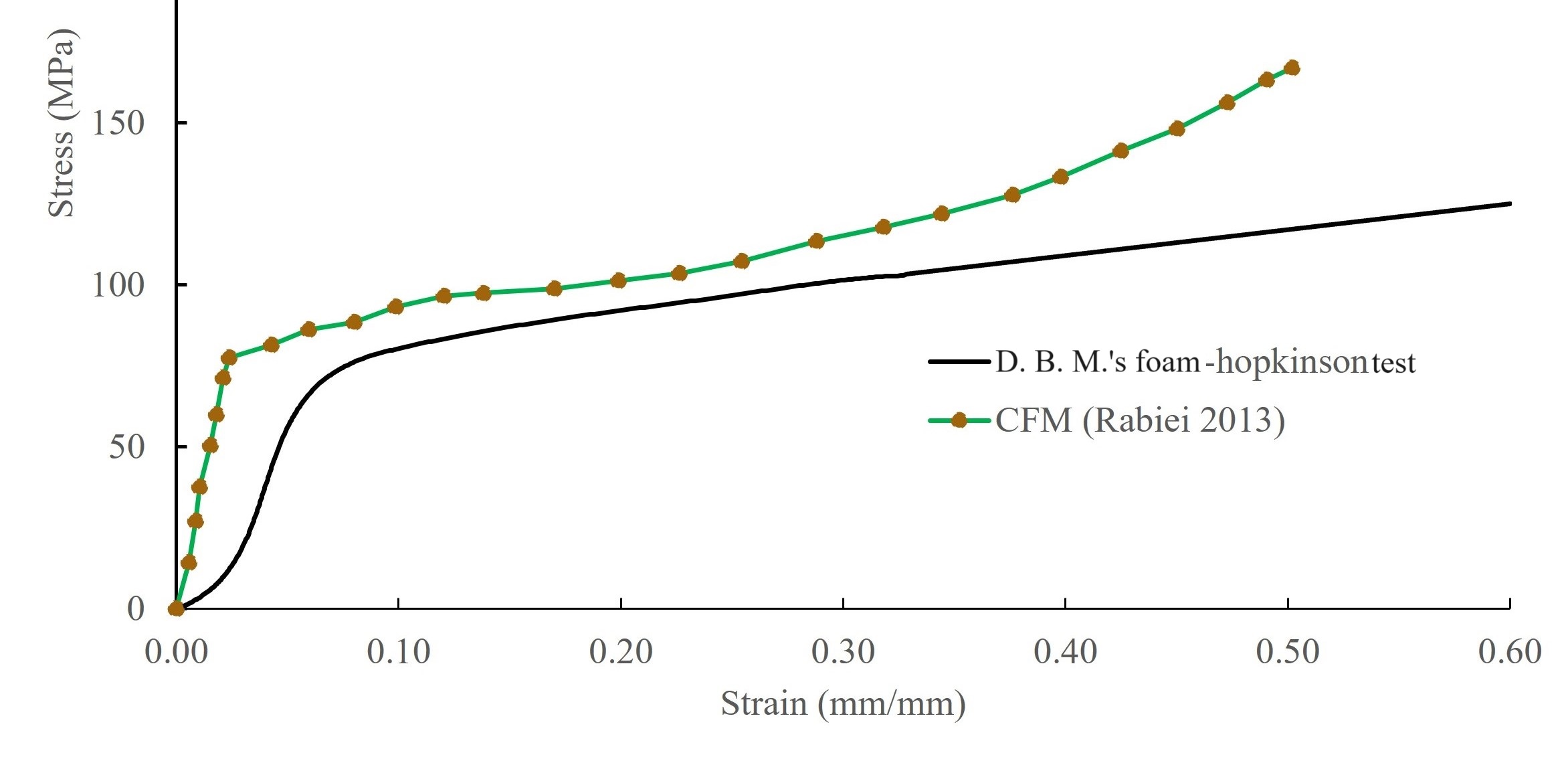Closed Cell Aluminum Foams

Closed-cell aluminum foams have distinct benefits and drawbacks, as well as a wide range of applications. Let we investigate them:
The Benefits of Closed-Cell Aluminum Foams:
1. Closed-cell aluminum foams have exceptional mechanical qualities, including high strength and stiffness, while remaining relatively light in weight. This qualifies them for structural applications requiring strength and weight reduction, such as lightweight components in the aerospace and automotive industries.
2. Buoyancy: The closed cellular structure of closed-cell aluminum foams generates buoyancy in liquids. Because of this, they are helpful in applications requiring flotation devices, marine vessels, and buoyancy modules.
3. Closed-cell Aluminum foams' structure decreases heat transfer by convection, resulting in superior thermal insulation capabilities. As a result, they are useful in applications requiring heat insulation, such as thermal barriers, high-temperature enclosures, and cryogenic applications.
4. Closed-cell aluminum foams' design contributes to their sound dampening qualities. They absorb and dampen sound waves, making them suitable for noise reduction and acoustic insulation applications in industries such as automotive, construction, and manufacturing.
5. Aluminum foams constructed of corrosion-resistant materials, such as stainless steel or titanium alloys, have an inherent corrosion resistance. This enables them to survive hard environments and corrosive situations, making them ideal for applications requiring corrosion resistance.

Closed-Cell Aluminum Foams Have the Following Drawbacks:
1. Closed-cell aluminum foams' structure limits the penetration of gas and liquid through the material. While this can be useful in some applications, it restricts fluid flow and can make them unsuitable for use in applications requiring high permeability, such as filtration or heat exchange.
2. Manufacturing Complexity: The manufacturing of closed-cell aluminum foams is frequently more difficult than that of open-cell foams. A closed-cell structure with controlled cell sizes and shapes necessitates specific manufacturing procedures and control over the foaming process, which can increase production complexity and cost.

Closed-Cell Aluminum Foam Applications:
1. Closed-cell aluminum foams have the potential to be utilised as lightweight and high-strength structural components in industries such as aerospace, automotive, and construction. They are useful for load-bearing applications because they provide strength, stiffness, and weight reduction.
2. Thermal Barriers: Thermal barriers are closed-cell aluminum foams that are used to shield delicate components from high temperatures or to insulate against heat transfer. They are used in industries such as aircraft, energy, and electronics.
3. Buoyancy Devices: Closed-cell aluminum foams with inherent buoyancy are used to provide flotation and buoyancy support in maritime applications such as buoys, floating platforms, and underwater vehicles.
4. Acoustic Enclosures: Because of their sound-damping capabilities, closed-cell aluminum foams are ideal for acoustic enclosures that require noise reduction and vibration damping. They are used in a variety of industries, including HVAC systems, power generating, and industrial machines.
5. Closed-cell aluminum foams can be used in heat sinks, heat exchangers, and thermal management systems where both insulation and heat dissipation are critical, such as in electronic devices, power electronics, and high-temperature situations.
6. Corrosion-Resistant Applications: Corrosion-resistant closed-cell aluminum foams are used in marine environments, chemical processing, and corrosive situations where mechanical strength and corrosion resistance are required.
These benefits, drawbacks, and applications emphasize the unique characteristics and possibilities of closed-cell aluminum foams in a variety of industries where strength, buoyancy, thermal insulation, and sound dampening capabilities are critical.

